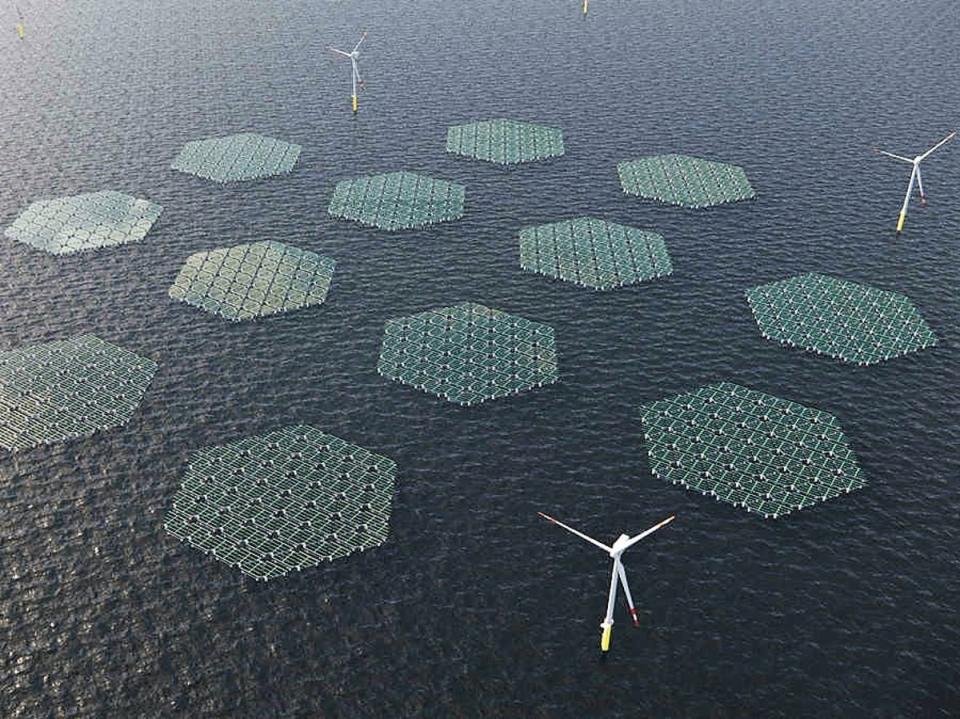‘Floating solar parks’ to be trialled in North Sea

Offshore wind farms in the North Sea will soon be supplemented by “floating solar parks” under a new plan to boost renewable energy in Europe and reduce reliance on Russian gas.
Dutch/Norwegian startup SolarDuck partnered with German energy firm RWE for the project, which will see a pilot installation placed in the sea off the coast of Ostend in Belgium.
Arrays of solar panels will utilise the same undersea cables that carry electricity generated by wind turbines ashore, meaning complex infrastructure is not required to set them up.
“The need for secure, sustainable and affordable energy demands new and immediate answers from the industry in Europe and also globally,” said SolarDuck CEO Koen Burgers.
“Showcasing SolarDuck’s robust technology in rough North Sea conditions will enable us to deploy the technology practically anywhere in the world.”
The solar park will see photovoltaic panels linked together, floating several metres above the water to ride waves “like a carpet”.
The pilot will have a capacity of 0.5MW by next year, with hopes that further commercialisation of the technology will continue from 2023 onwards.
RWE said the project provided an answer to increasing land scarcity for the generation of renewable energy, and said it will provide a blueprint for future combined wind and solar offshore facilities.
“RWE is constantly looking for innovative ways to further improve the production of renewable energy offshore,” said Sven Utermöhlen, CEO of Wind Offshore at RWE Renewables.
“For countries with lower mean wind speeds but high solar irradiation, this opens up attractive opportunities... We want to contribute to accelerate the energy transition, have a positive impact on marine ecology and help to integrate energy systems.”

 Yahoo Finance
Yahoo Finance 